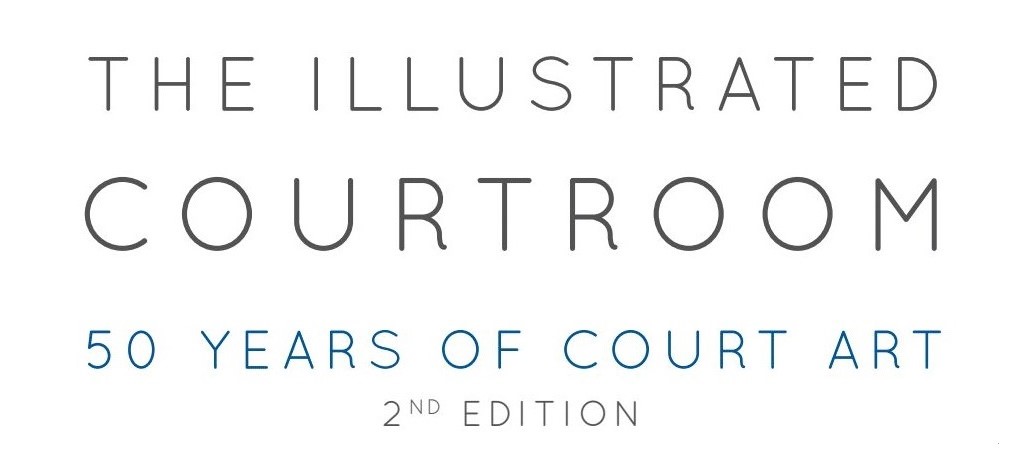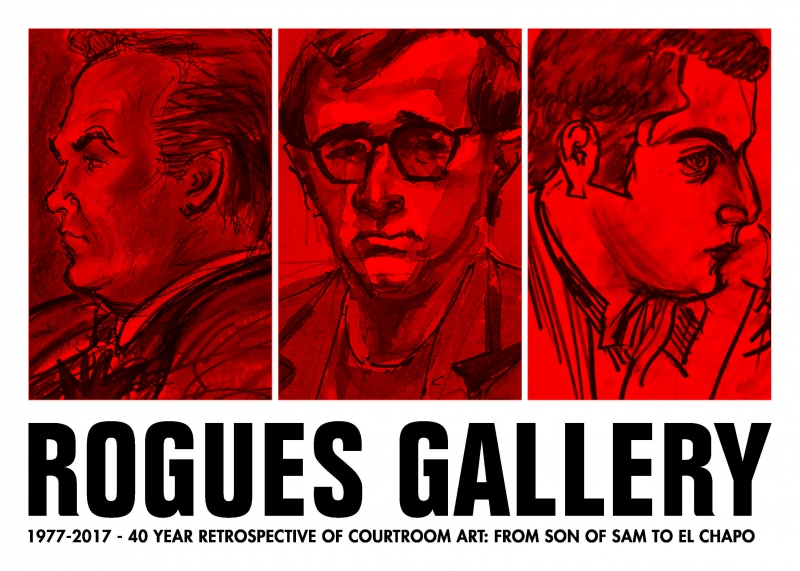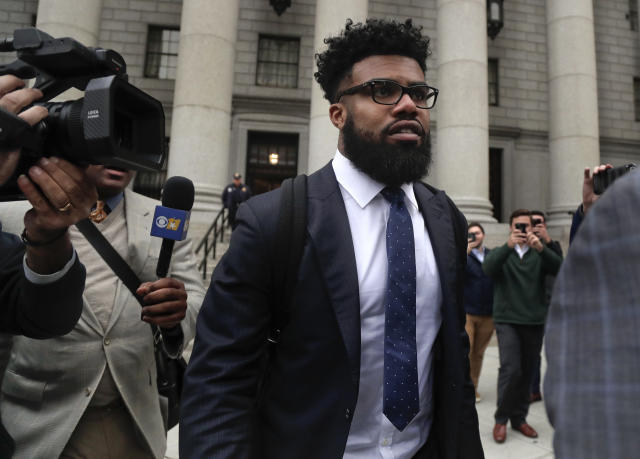The Making of the Moral Rights Case: The Factual and Legal Background of the 5Pointz Trial
Update >>
5 Pointz artists awarded damages for whitewashed graffiti at L.I.C. art mecca
Link to full story
https://itsartlaw.com/2017/11/05/the-making-of-the-moral-rights-case-the-factual-and-legal-background-of-the-5pointz-cases/
By Laura B. Richardson*
5Pointz, the world renowned “graffiti
mecca” as it was once known, has become the subject of a legal battle
which has culminated in a jury trial in the Eastern District of New
York. Cohen v. G&M Realty L.P., 2017 U.S. Dist. LEXIS 50943
is a case brought by twenty-one graffiti artist plaintiffs against the
defendant property owners of the 5Pointz buildings, for the destruction
of 49 aerosol artworks (numbers of plaintiff-artists and works have been
changing between 2013 and 2017). The artists are suing for infringement
of their rights under the Visual Artists Rights Act 1990 (“VARA”), 17 U.S.C. § 106A, which protects rights of living artists whose visual art works are of recognized stature.
 |
| Artists in court during the testimony of Jerry Wolkoff |
Street Artists Go to Court
On October 10, 2013, artists,
represented by Jeannine Leigh Widmer Chanes, sought a federal court
order to preliminarily enjoin the destruction of the buildings, invoking
their Visual Artists Rights Act 1990 (VARA) rights. On October 17, 2013, the Eastern District Court
issued a temporary restraining order against the property owner,
enjoining Wolkoff from altering the building in any way whilst the Court
considered the plaintiffs’ motion. On November
12, 2013 the Court lifted the restraining order and denied the
plaintiffs’ request for preliminary injunctive relief. Judge Block
indicated that a written opinion would follow, and on November 20, his
opinion explained that going to the issues of both irreparable harm and the balancing of the hardships, “the transient nature of the plaintiffs’ works” was the “ineluctable factor which preclude[d] either preliminary or permanent injunctive relief.”
Between November 12 and November 20, Wolkoff
apparently denied artists access to 5Pointz and on November 19, he
ordered 5Pointz whitewashed overnight, without any notification to the
artists. In his deposition on Friday, November 3, 2017 Wolkoff admitted
that he hired and paid in cash a crew of painters, who began covering
5Pointz with white (and blue and black) paint at 4 a.m.. Some of the
murals were covered in their entirety, while others were partially
obscured by whitewash, with ghosts of the mutilated art peeping from
under the quick job of reclaiming 5Pointz by its legal owner. The
compound structures were not actually demolished until months later in
August 2014.
The artists subsequently sued, seeking
damages for the destruction of visual works of art at 5Pointz, in
violation of their rights under the Visual Artists Rights Act 1990.
 |
| Jerry Wolkoff on the stand cross examined by Eric Baum attorney for the 5 Pointz artists. During his brief testimony he admitted to covering the works so as to save the artists from the
distress of seeing their art destroyed during the demolition. He also testified that he had heard the artists were going to attempt to hinder the building's demolition by forming a human circle. He also said he did not want them to get arrested if they were to attempt to stop the demolition. |
In the defense’s opening statement on October 17th
of the inaugural jury truly to hear a VARA case, Wolkoff’s attorneys
characterized the whitewashing as a humanitarian act, “ripping off the
Band-Aid” and covering the works so as to save the artists from the
distress of seeing their art sit on the walls waiting for demolition for
several months.
 |
| Art expert Renee Vera testifying to the value of the street artists work that was destroyed on 5Pointz. Esteban de Valle's artwork highlighted on screen. |
5Pointz Chronology
1971– Jerry Wolkoff purchases property at 45–46 Davis Street Long Island City, Queens, New York.
1993 – The site is established as the “Phun Phactory” and Wolkoff grants artists permission to paint on building.
2002 – Jonathan Cohen becomes curator of 5Pointz.
2002-2013 – 5Pointz becomes
internationally recognized “open air aerosol art museum” and “mecca of
graffiti art” as top street artists flock to New York to paint at
5Pointz and tourists visit from all over the world to experience the
murals at 5Pointz.
2010 – Real estate boom and sharp increase in property value in the Long Island City area.
August 21, 2013 – New York City Landmark Preservation Commission denies granting 5Pointz landmark status.
August 21, 2013 – The City
Planning Commission issues building permit authorizing the destruction
of the 5Pointz buildings and the building of two-high rise towers
containing 800 luxury rentals and more than 200 affordable units.
October 10, 2013
– Plaintiffs file complaint and motion for preliminary injunction to
prevent the destruction of the premises, invoking their VARA rights.
October 17, 2013 – Court issues a temporary restraining order against the property owner.
November 12, 2013 – Court issues
an order denying plaintiffs’ request for preliminary injunctive relief
to prevent the destruction of their paintings.
November 19, 2013 – Whitewashing of building occurs overnight.
June 17, 2014 – Plaintiffs file the Cohen Complaint.
In it, four claims are pled: (1) VARA, (2) intentional infliction of
emotional distress (“IIED”), (3) conversion, and (4) property damage.
August 2014– Demolition of whitewashed 5Pointz buildings.
June 3, 2015 – Maria Castillo and other artists (“Castillo Plaintiffs”) initiate a separate lawsuit against the defendants (“Castillo Matter”). As in Cohen, the Castillo Plaintiffs adduce the same four claims in their pleadings.
October 17, 2017 – Trial begins in Federal court, J. Block presiding.
* * *
*About the Author: Laura B. Richardson is serving as the Fall 2017 Postgraduate
Legal Fellow with the Center for Art Law. She obtained her LLB from
King’s College London in 2016 and is currently an LLM candidate at NYU
School of Law with a specialization in Competition, Innovation and
Information Law. She can be reached at lbr312@nyu.edu


















